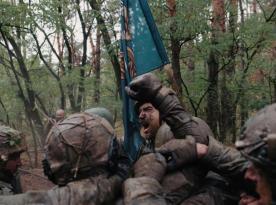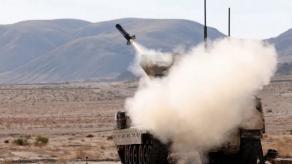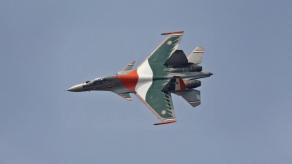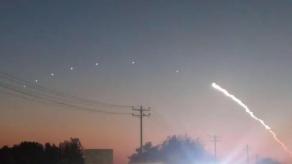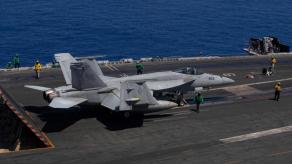Various estimates of russian damaged aircraft were immediately released after a large-scale drone attack on russian airfields on April 5. It is known that Morozovsk airbase in Rostov Oblast, airbase near Yeysk in Krasnodar Krai as well as Engels strategic bomber airbase near the city of Saratov were hit.
But later, satellite images of Morozovsk airfield, where russian Su-34 frontline bombers as well as Su-30 and Su-35 multirole fighters are based, appeared.
Read more: Creating a Drone Interceptor Against russian Orlan-10, ZALA, SuperCam: Challenges and Prospects
They do not show any large-scale destruction at the airbase or any burned aircraft. Only a few sinkholes near the maintenance site are noticed. But it is not correct to assume that this is evidence of a completely ineffective attack.
Although if the strike had been carried out by cruise missiles with 400-kg warheads, the consequences of the hits would definitely have been much more noticeable. Even if it is about a converted Tu-141 Strizh, it has a warhead weighing about 100 kg.
At the same time, we are talking about drones with a much lower weight of the warhead. Because when it comes to a large long-range kamikaze drone called Liutyi that is used to hit oil refineries, its warhead weighs 50 kg.
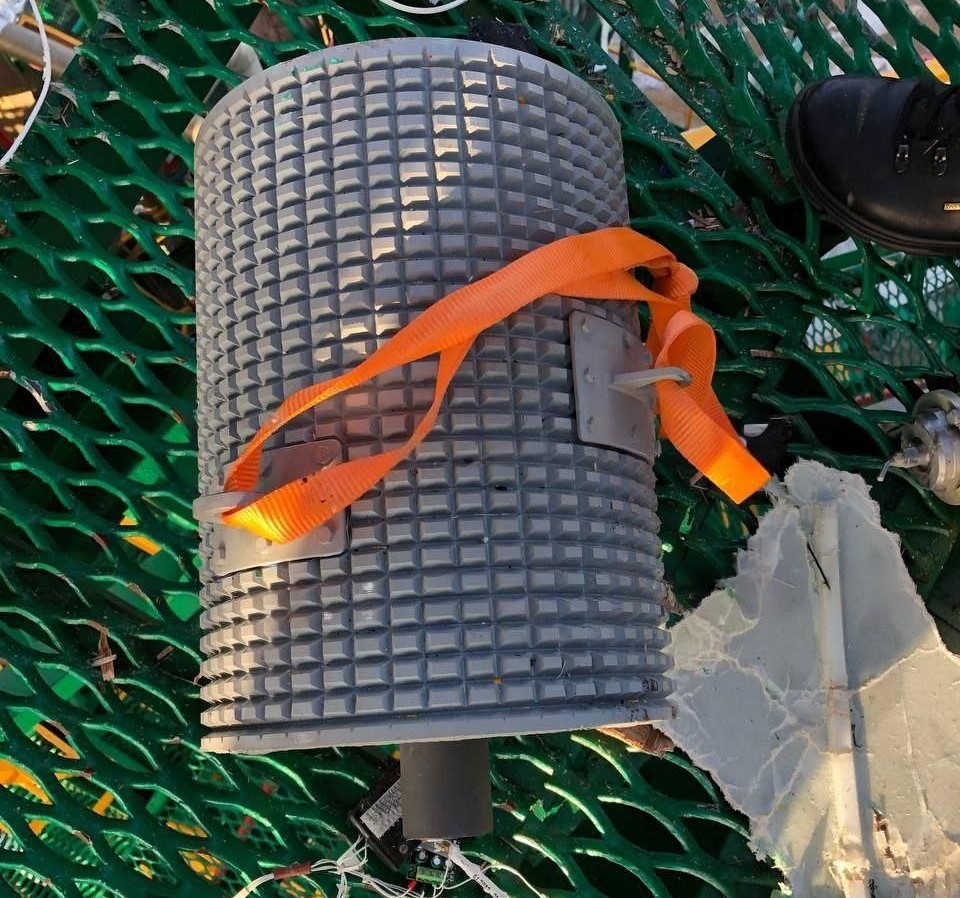
At the same time, smaller drones, such as Bober UAV, have a lighter warhead, and some models even use KZ-6 cumulative charge, as Lancets drones have. Of course, such a cumulative charge can guarantee the destruction of an aircraft, but it requires a very accurate hit. Therefore, such combat units are not the best option in any case when it comes to the need to destroy aircraft, some of which are hidden.
And the most effective warhead, that is capable of disabling aircraft but is lightweight, is a fragmentation warhead with ready-made destructive elements. Similar in principle to those used in SAM missiles. Combined with aerial detonation, they can disable aircraft much more effectively than other combat unit options.
In particular, extremely effective for these tasks are cluster anti-personnel munitions, in which submunitions also have maximum fragmentation.
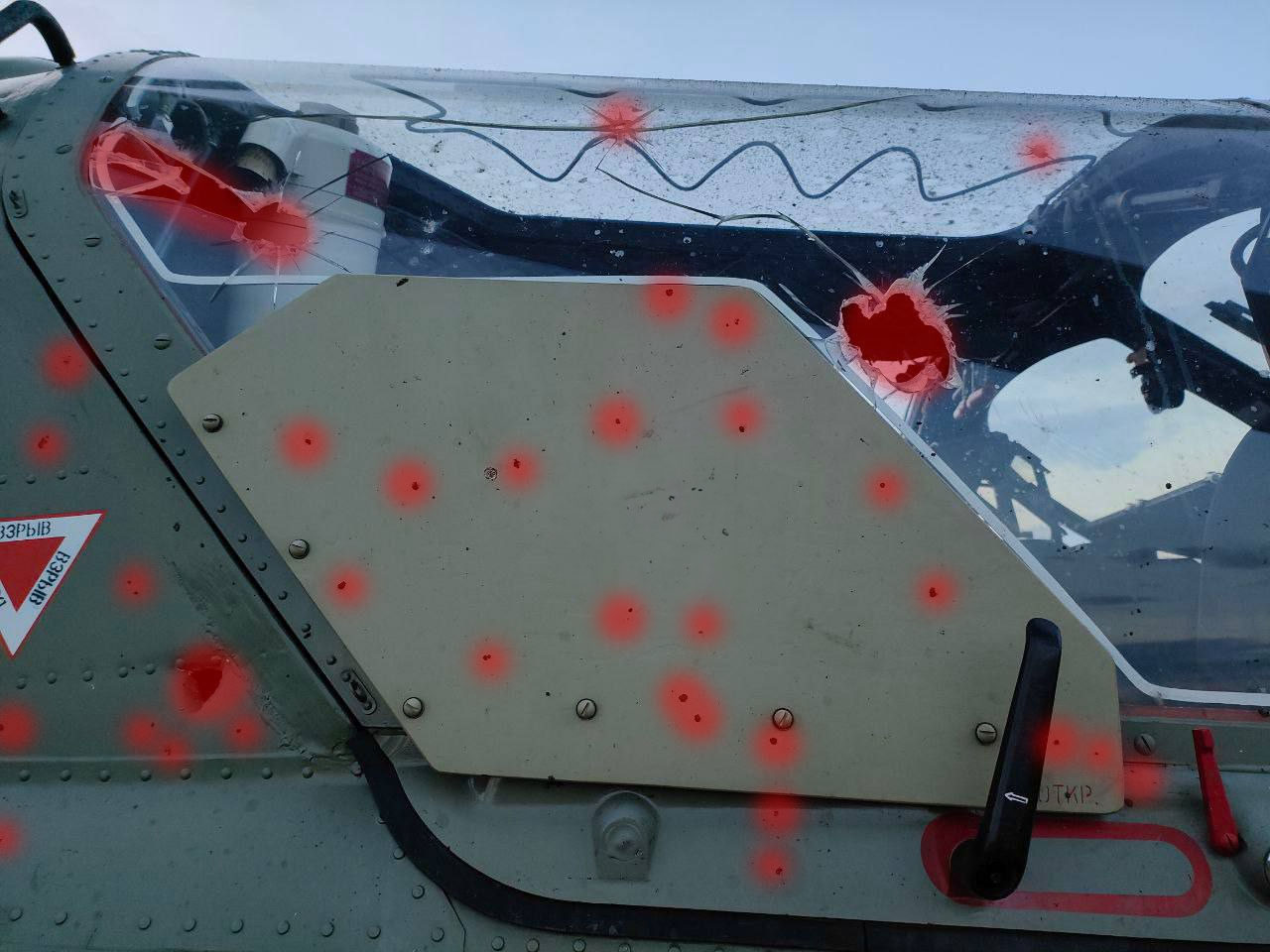
Will such damage be visible on satellite images, even if we are talking about a resolution of 30 cm per pixel? The answer is no. However, the aircraft with such damage will definitely have to be repaired for quite a long time. At the same time, it is impossible to draw conclusions about what kind of combat units were used, based on satellite images.
Earlier Defense Express reported that russia had boosted Su-34 fleet despite production questions.
Read more: Ukrainian Marines Show the Work of Domestic Valkyrja UAV, Offering Advantage in Reconnaissance Operations (Video)






